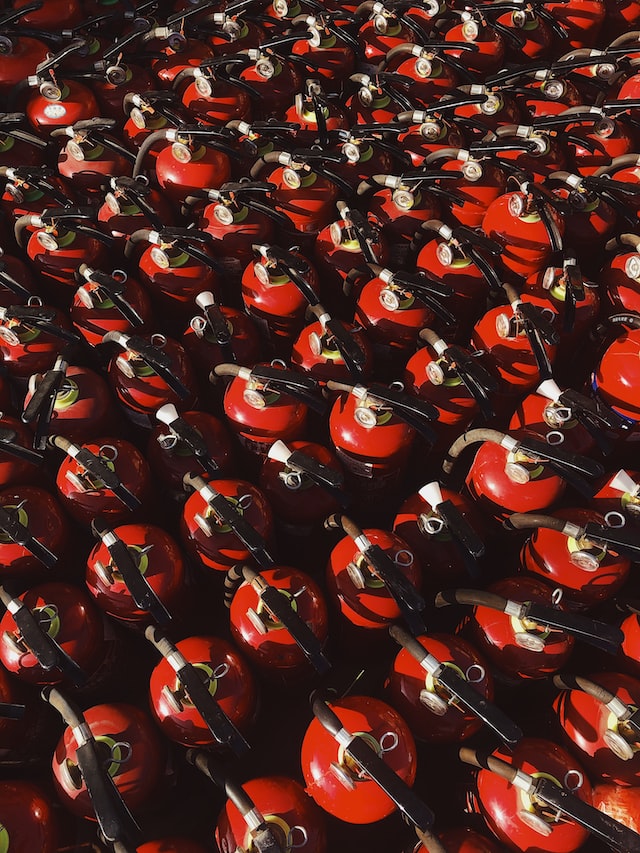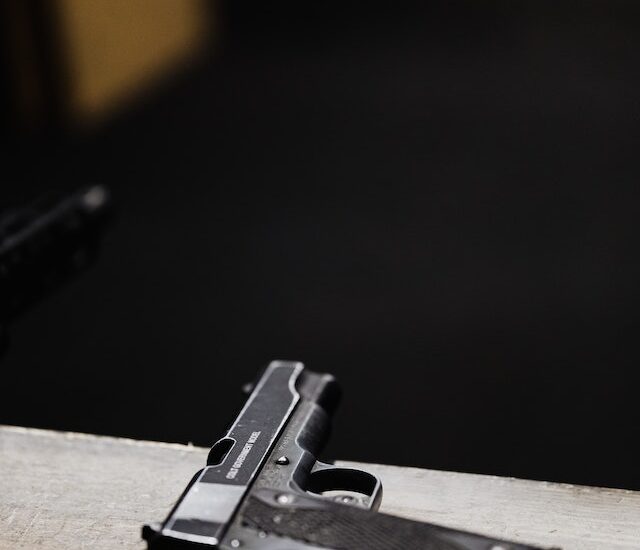The Different Types of Fire Suppression Systems
The different types of fire suppression systems have different purposes. Some are meant for large rooms, while others are used for small spaces. Different fire suppression systems also protect against special hazards and enclosures. Choosing the right type of fire suppression system is essential to ensure safety in your workplace.
Pneumatic heat detection tubes
Pneumatic heat detection tubes are a fire suppression system component with two primary functions. The first is to detect a fire, while the second is to release a fire-fighting agent into the area where the fire started. These systems effectively prevent the spread of fire and are often more affordable than their manual counterparts. However, they are not appropriate for all fires. The best type of suppression can be determined by consulting a fire suppression company NYC.
Pneumatic heat detection tubes are typically installed in electrical panel compartments above a hazard. They are then fitted with a PESO-approved cylinder pressurized to 15 bars. When heat is applied to the sensor tube, the internal gas pressure increases, which closes an electrical contact and releases the extinguishing agent, these devices are designed to provide a reliable warning signal if the pressure inside the tube is too high.
Chemical Foam
Chemical foam fire suppression systems work by covering fire with foam. The foam acts as a blanket that prevents the fire from drawing oxygen. These systems are lightweight, effective, and useful in confined spaces.
Fire suppression systems made from chemical foam can be used in various facilities. Water and chemical agents can create fires, but a chemical system can be more effective in highly explosive environments. Firefighters with chemical systems should choose a system tailored to the building’s needs. Chemical foam is delivered to the fire scene through fixed pipes and dispersed through open nozzles. The system activates automatically and can be adapted to fit the needs of different facilities.
Inert Gas
Inert gas is a useful fire suppressant that smothers fires by reducing the oxygen content. Unlike water, which can cause more damage than good, inert gas is harmless to humans. In addition to being environmentally safe, inert gas doesn’t threaten firefighters or building occupants.
Inert gas is a natural gas that occurs naturally in the atmosphere. Unlike halocarbon compounds, inert gases have no known toxicity. In addition to being environmentally safe, inert gas does not affect the central nervous system, so it’s safe for the general public to breathe in.
Inert gas works to prevent fires by reducing oxygen levels in a room or building. Because fires need oxygen to spread, inert gas reduces oxygen levels in a room or building. An inert gas system may include several gases, including nitrogen and argon.
Water Mist
A water mist fire suppression system is a safe and effective way to put out a fire. It can be used for a variety of applications. Its advantages include its ease of installation, maintenance, and testing. It also requires less cleanup compared to dry chemical systems. This makes it an ideal fire-suppression system for a variety of situations.
A water mist system is a non-corrosive, small-droplet fire suppression system. The mist’s small droplets rapidly cool the fire and fuel plumes while reducing the amount of oxygen in the air. The system also provides automatic or manual release of water. While typical water mist systems were originally designed to flood an enclosed space, modern technology makes them effective in covering volumes up to 60,000 cubic feet.
Special Hazard Suppression Systems
Special hazard fire suppression systems are designed to protect people from damage caused by fire. They are the best solution for buildings where oxygen is not always available. These systems contain a chemical agent, such as carbon dioxide, which is chemically inert and suffocates the fire. They are often stored in tanks away from the area being protected. Additionally, they minimize smoke and water damage. When selecting special hazard fire suppression systems, consider the benefits and risks associated with each type.
Fire suppression systems can also be custom-designed for your business’s specific needs. For example, the MONARCH fire suppression system is suitable for chemical storage facilities and meets NFPA standards for dry chemical extinguishing systems and flammable liquid codes. In addition, the system has various features, including heat detectors, alarm bells, manual pull stations, and agent tanks of various sizes.



